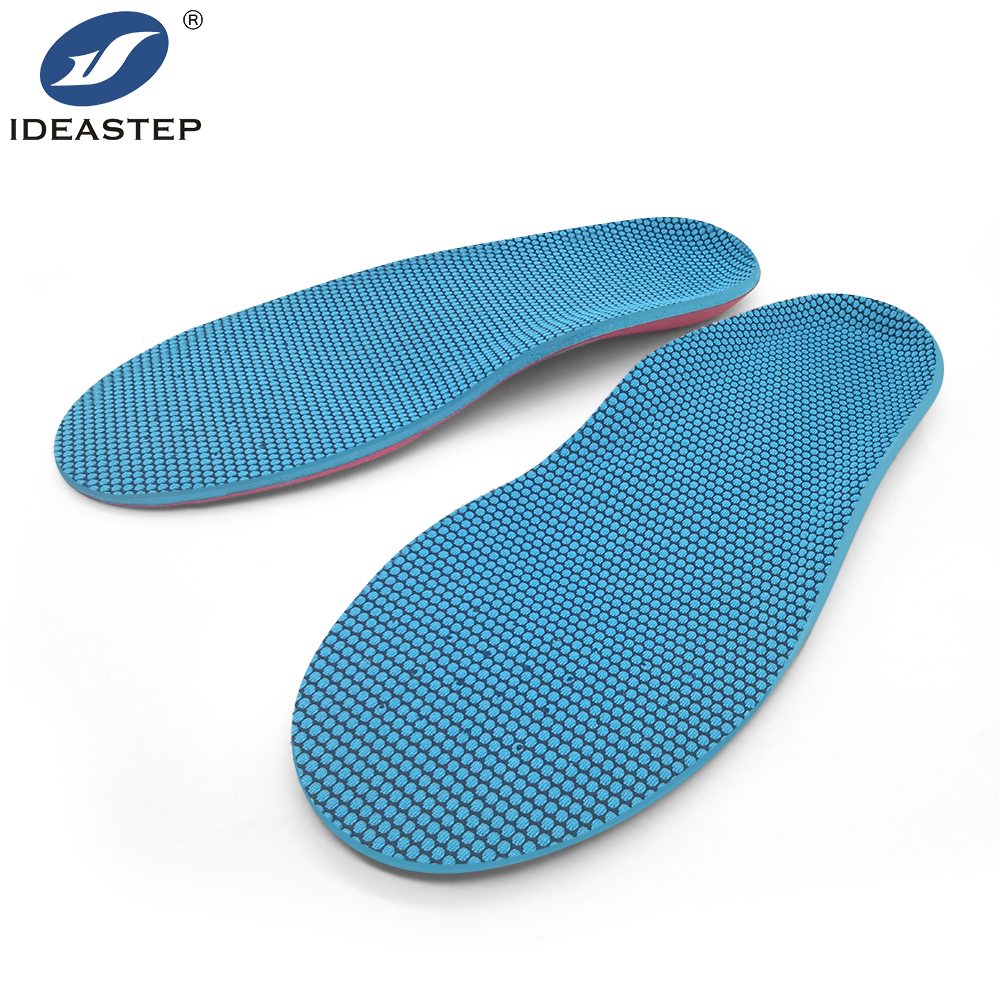Athletes, whether professional or amateurs, require the utmost support and comfort for their feet to perform at their peak. The right footwear and insole are crucial for preventing injuries, enhancing performance, and ensuring long-term foot health. Prefabricated insoles, or prefabs, are becoming increasingly popular among athletes due to their numerous advantages. Let’s explore the benefits of prefabricated insoles for athletes, the ideal candidates for them, and address some frequently asked questions.

Benefits of Prefabricated Insoles for Athletes
- Customizable Fit: Prefabricated insoles are available in a wide range of sizes and shapes, allowing athletes to find the perfect fit for their feet. This customization ensures optimal support and comfort, tailored to their individual needs.
- Enhanced Performance: By providing the necessary support and cushioning, prefabricated insoles can help athletes maintain their energy and momentum throughout their activities. This improved comfort allows them to focus more on their performance and less on foot discomfort.
- Reduced Risk of Injury: Correct foot alignment and support are crucial for preventing common athletic injuries such as plantar fasciitis, Achilles tendonitis, and shin splints. Prefabricated insoles can help reduce the risk of these injuries by improving foot posture and shock absorption.
- Adaptability: Prefabs are designed to fit a wide range of shoes, making them ideal for athletes who switch between different pairs of shoes frequently. Whether it’s running shoes, cleats, or basketball shoes, prefabricated insoles can adapt to provide consistent support.
- Cost-Effectiveness: Compared to custom-made orthotics, prefabricated insoles are more affordable. This allows athletes on all budgets to access high-quality foot support without breaking the bank.
Suitability of Prefabricated Insoles for Athletes
Prefabricated insoles are suitable for a wide range of athletes, particularly those looking for a cost-effective and convenient solution to enhance their performance and reduce the risk of injury. However, it’s important to note that prefabs may not be suitable for athletes with severe foot conditions or those who require highly specialized support. In such cases, custom-made orthotics may be a better option.
Q&A
Q: Can prefabricated insoles improve my athletic performance?
A: Prefabricated insoles can enhance your athletic performance by providing optimal foot support and cushioning. By improving foot posture and reducing discomfort, they allow you to focus more on your sport and less on foot pain or discomfort.
Q: Are prefabricated insoles suitable for all sports?
A: Prefabs are suitable for a wide range of sports, as they can adapt to fit different types of shoes. However, some sports may require specialized insoles that provide additional support or cushioning. It’s always best to consult with a sports medicine professional or podiatrist to determine the best insole for your specific sport.
Q: How often should I replace my prefabricated insoles?
A: The lifespan of prefabricated insoles depends on several factors, including usage, the material used, and the athlete’s weight and activity level. Generally, it’s recommended to replace them every few months to a year, depending on the individual. It’s important to monitor their condition and replace them when they show signs of wear or when the support is no longer effective.
Q: Are there any side effects of using prefabricated insoles?
A: Prefabricated insoles are generally safe to use, but some athletes may experience discomfort or irritation if the fit is not correct. It’s important to choose the right size and shape and monitor any discomfort. If discomfort persists, it’s advisable to consult a podiatrist or other foot care professional.
Conclusion
Prefabricated insoles offer a cost-effective and convenient solution for athletes looking to enhance their performance and reduce the risk of injury. By providing customizable support and comfort, they can help athletes maintain their energy and momentum throughout their activities. However, it’s important to choose the right size and shape and monitor any discomfort to ensure optimal benefits. For athletes with severe foot conditions or those who require highly specialized support, custom-made orthotics may be a better option.
